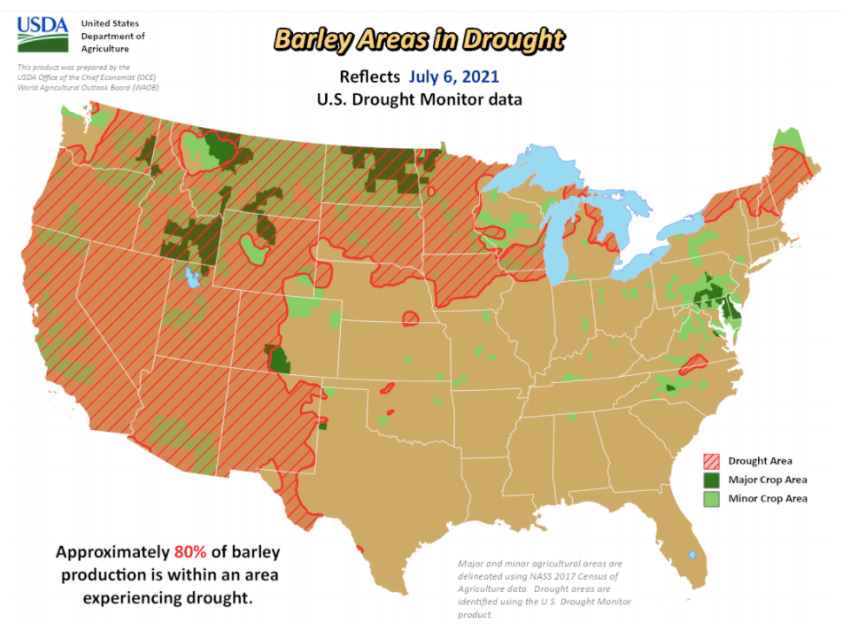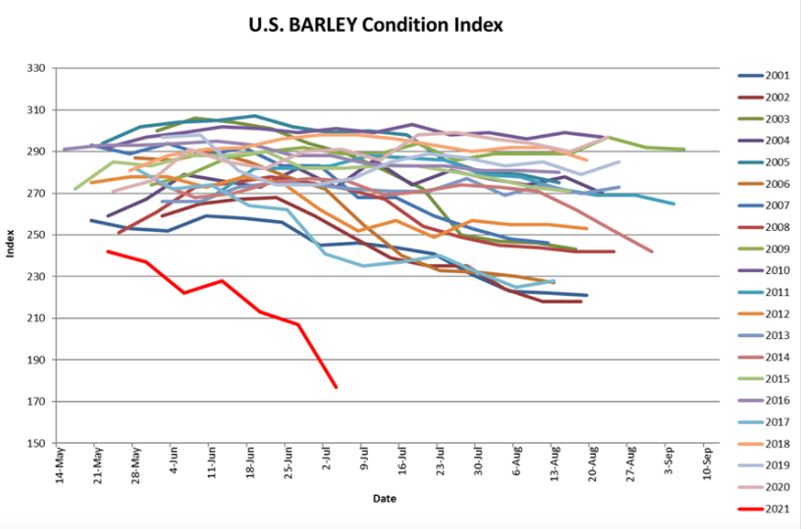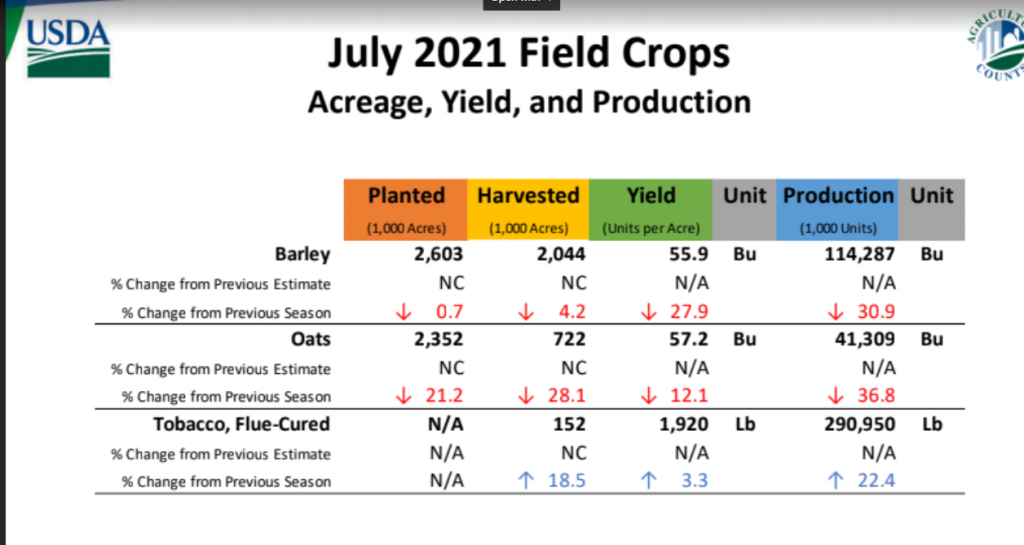Subscribe to Our Mailing List
Get the latest news and updates with our Proximity Malt newsletters.
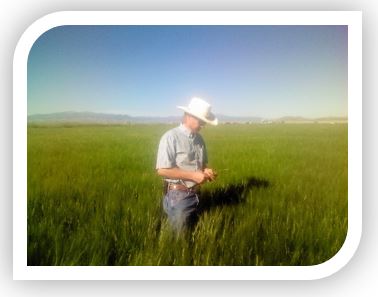 July 20th, 2021
July 20th, 2021As we head into the heart of crop 2021 growing season for spring malting barley and wheat, one of the most dramatic weather situations—extreme heat and drought in the northern tier regions–dominates the story, at least in North America. Growing conditions across Europe are adequate to keep the crops there on track, although recent rains may reduce crop quality in Germany and France. Australian and Argentinian crops, already harvested, are in line with recent years. Still a dangerously short global supply in soybeans and corn, just as demand is building for biodiesel will likely create price pressure on wheat and barley.
Non-traditional regional zones that focus on winter barley varieties for malting such as Delaware, Maryland, and Virginia are fully harvested and the bins, with good yields and overall quality outcomes.
The nail-biter that is North America’s Spring Crop 2021 can best be illustrated through data provided by USDA. See below for a set of graphics around drought impact on wheat and barley acres. While hope abounds for July and August rainfall in the northern tier US, much of the damage to yields and possibly protein levels is already done in Montana, Idaho and much of Wyoming. In Canada, we see similar drought and weather concerns. Acres planted were very similar to 2020, but dryness throughout the Prairies is causing concerns for yields and quality.
The Delmarva crop is in the bins, and overall, the crop looks very similar in terms of the previous season’s quality. Proteins are average for the region (10s) and we are seeing nice plumps. Test weights may be slightly lower than last year’s crop. The crop is now waiting out its dormancy in the bins. We will bring in samples for testing in August to see whether dormancy has broken and we can start trial malt runs.
The crop in Colorado is looking very average, according to the USDA, with the latest crop condition report rating the state’s crop as 55% good to excellent. While the San Luis Valley has adequate irrigation supplies, we will keep our fingers crossed for the storms to stay away, as we have about three weeks before we will start to see any harvest activity.
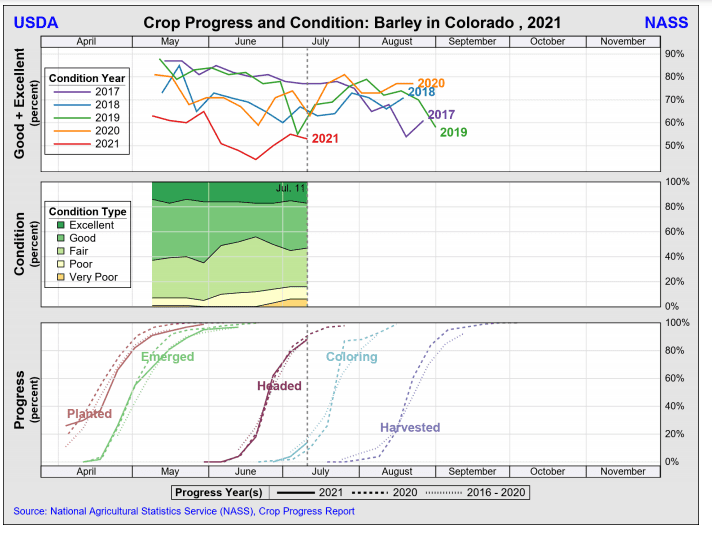
The following five illustrations describe the evolving concern around both malting barley and spring wheat in the United States. USDA Crop estimates fell from 5 year average of 4.0 MMT to 2.4 MMT based on recent and predicted weather conditions:
